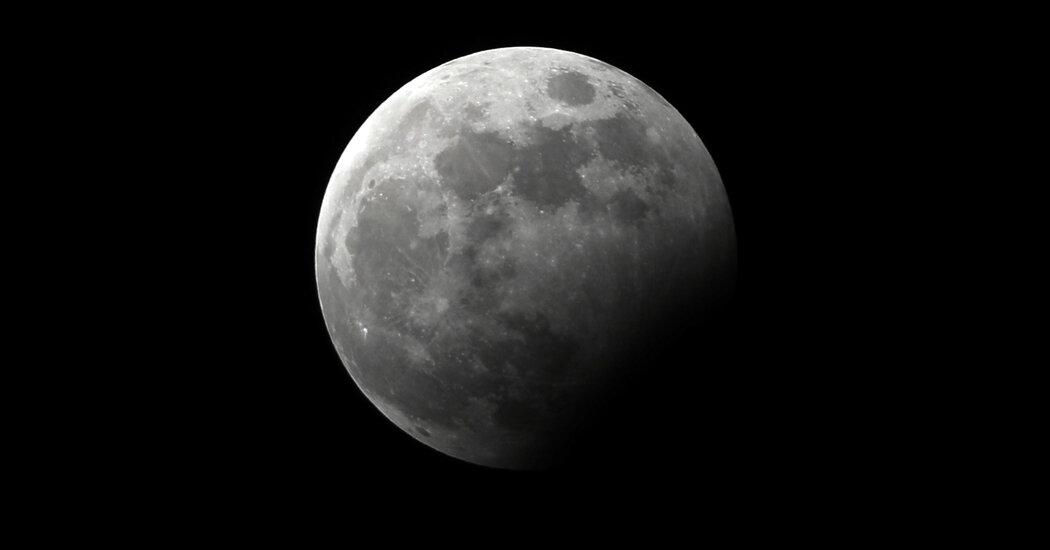Earth’s shadow will partially cover one of the biggest and brightest full moons this year.
The night sky on Tuesday will treat us to a partial lunar eclipse during a supermoon. It’s an astronomical wonder that almost anyone in the Western Hemisphere can experience, and it’s the latest reminder that our home planet is part of a bigger cosmic system.
When is the lunar eclipse, and where can I see it?
This lunar eclipse will happen between 8:41 p.m. Eastern time on Tuesday and 12:47 a.m. on Wednesday, with the maximum partial phase occurring at 10:44 p.m. It will be visible across most of the United States, Canada, Latin America and the Caribbean, Africa and Europe.
Bruce Betts, the chief scientist at the Planetary Society, will be watching the show from his front yard in Pasadena, Calif.
Eclipses offer a chance to feel “the three-dimensional nature of everything,” Dr. Betts said. “It’s something that just in a visceral way is like, wow.”
What causes a lunar eclipse?
Lunar eclipses are caused by an alignment of the sun, Earth and moon. Unlike April’s solar eclipse, when the moon blocked the sun, this time the Earth’s shadow will spill over the moon, blocking some or all of its illuminated surface.
There are three types of lunar eclipses. During a penumbral eclipse, which last happened in March, the moon passes through only the outer part, or penumbra, of Earth’s shadow. This causes the moon’s face to dim slightly.
